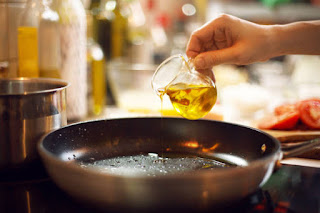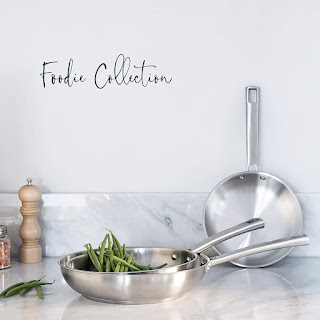How to clean a cast iron skillet? Useful tips

The cast iron pan is a product that if kept correctly can last forever! It is a ferrous material and therefore very resistant to both scratches and stains and also to falls. This type of pan is perfect for preparing meat, especially roasts. If you have a passion for barbecue but don’t have one worthy of the name, the cast iron pan will be perfect for an almost equal effect. This pan is also an excellent conductor of heat and will therefore be able to cook your food in the best possible way. It is heavier than the aluminum frying pan but the cooking quality justifies this small feature. Another small flaw that requires attention is the handle . Being also made of cast iron, it can get really hot, so always use a tea towel or a pot holder to handle it. Furthermore, cast iron pans are not afraid of any temperature . Usually, frying pans should not be exposed to temperatures ab...


